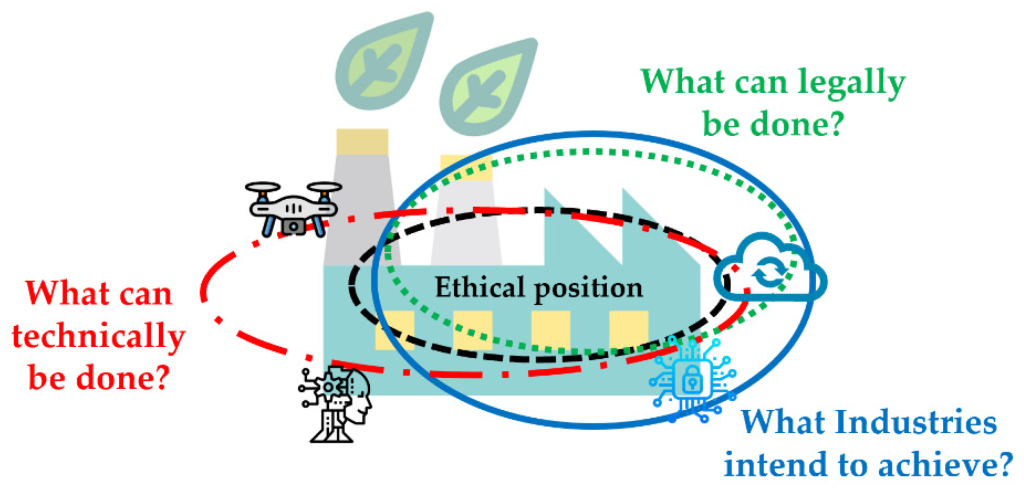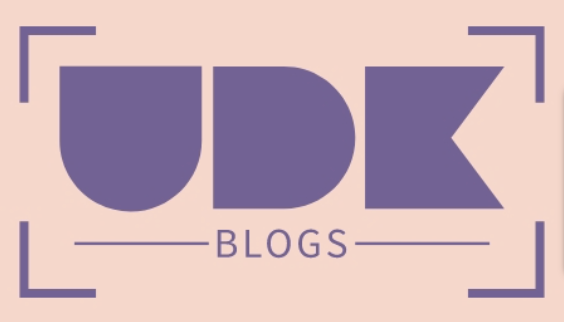Introduction: The Modern Landscape of Biotechnology
During the gradual shift of our world into the next age, it becomes increasingly clear that the balance between technological advancement and regulatory challenges of biotechnology advancements is not easy to maintain. In the modern landscape of biotechnology, we see that rapid progress leading to the development of powerful technologies such as genetically modified organisms (GMOs), synthetic biology, artificial intelligence, and cutting-edge research and development in the life sciences, significantly transforming our world. The United States, amongst other nations, is leading the globe in this relentless march forward in the biotechnology sector.
The integration of these emerging technologies into our social and economic ecosystems has generated new opportunities but also posed potential threats to public health, national security, and environment, raising vexing scientific, ethical, and societal questions. Hence, there is an increasingly urgent need for a system of checks and balances, often referred to as a regulatory framework, to manage biotechnology research and products.
The Broad Scope of Biotechnology
Biotechnology’s scope is broad and encompasses several sectors: from agricultural biotechnology involving genetically modified organisms (GMOs) to next-generation gene editing techniques like CRISPR, gene drives, and advanced synthetic biology. In addition, many elements of artificial intelligence involve biotechnology, blurring the lines between the organic and inorganic realms further.
Case Studies: Potential Threats & Opportunities
One example of the potential threats of biotechnology is genetically modified organisms (GMOs). Although these organisms offer immense benefits such as better yield and disease resistance, they have also sparked fears regarding their potential to disrupt natural biodiversity and ecological balance. Reflecting on modified organisms GMOs, their emergence through synthetic biology has unfolded new pathways for substantial improvements in public health and agricultural productivity. They are also being recognized as potential biological weapons, raising serious national security concerns in the United States.
On the opportunity end of the spectrum are gene editing and gene drives. These techniques are being employed to combat deadly diseases and enhance plant yield and adaptability. However, their development and use call for rigorous regulatory oversight due to their potential dual use and biosafety and biosecurity implications, particularly in relation to engineered organisms, and the United States is among the nations grappling with these issues.
The Dynamics of Biotechnology: Safety, Security, and Ethics
Safety and Biosafety in Biotech Innovation
Safety is a primary concern in the dynamics between biosafety and biosecurity in biotechnological innovation. Here the Cartagena Protocol on Biosafety comes in as a crucial international agreement that aims to regulate the safe transfer and use of genetically modified organisms to protect biodiversity and human health. Both the United States and the global community at large are concerned about the safety of biotechnology products, especially those involving genetically modified or engineered organisms.
Security Concerns Surrounding Biotechnology
Biotechnology has raised pressing security concerns because of the potential misuse of biotechnology products in creating biological weapons, leading the Biological Weapons Convention (BWC) to step in. The Convention seeks to neutralize the threat posed by dual-use items that have both civilian and military applications, such as CRISPR gene editing technology. Export control efforts are also underway to oversee and regulate the movement of potentially dangerous biotechnological products.
Ethical, Legal, and Social Implications of Biotechnology
More than a purely scientific phenomenon, biotechnology intersects with our sociopolitical, economic, and cultural landscapes, triggering profound ethical, legal, and social implications. This is particularly relevant to genetic engineering, where altering an organism’s genetic makeup can lead to unforeseen health and environmental implications. On the social front, the introduction of genetically engineered organisms into the supply chains can also affect local economies leading to significant changes in societal norms and beliefs. Hence, it is critical that legislation and regulatory systems keep up with the pace of biotechnology growth.
Global vs National Regulation of Biotechnology
National and global agency collaboration is crucial in resolving the ethical concerns brought forth by developments in life sciences and biotechnological research. The United States Food and Drug Administration and the National Academies of Sciences, Engineering, and Medicine are instrumental in shaping regulations and guidelines for biotechnology in the United States. In contrast, international collaborations led by the United Nations and the World Health Organization aim to create a robust biotechnology regulatory framework at the global level to manage biotech risks and opportunities.

The Role of Geopolitics in Biotechnology Regulation
Biotechnology not only transforms science and technology but also influences geopolitics significantly. International collaborations in research and development can be potentially weaponized, affecting nations’ geopolitical strategies. Public health is also under threat due to the potential use of modified organisms as biological weapons. Thus, the role of geopolitics in biotechnology regulation is essential for maintaining global safety and security.
Treaties & Global Risk-Mitigation Measures
Regulation of biotechnology also involves international cooperation and treaties such as the Biological Weapons Convention (BWC) and the Cartagena Protocol on Biosafety. These global risk-mitigation measures are vital in controlling the potential misuse of emerging technologies in biotechnology and assuaging the respective threats to public health and national security.
Navigating Challenges with Regulatory Mechanisms
To overcome the challenges posed by biotechnology’s rapid advancement, initiatives like the TAPIC Framework have been launched. The TAPIC (Transparent, Accessible, Predictable, Implementable, and Consistent) concept offers a holistic approach to developing a coherent and impactful regulatory system that meets the complex demands of biotechnology regulation in the United States and beyond.
A Forward-looking Perspective on Biotechnology Management
Looking forward, biotechnology management must continue to be a multifaceted process incorporating public engagement, scientific expertise, ethical considerations, security concerns, and international collaboration. As the pace of discovery quickens and the demand for biotechnology products rises, the regulatory framework needs to be adaptive, inclusive, and responsive. This forward-thinking approach could also involve integrating broader components, such as social sciences and humanities, to understand and manage the impact of biotechnology within the fabric of our society.
Conclusion: Balancing Alarmism and Regulation
In conclusion, the world of biotechnology promises undisputed benefits but also carries risks that could violate the existing norms of safety, security, and ethics. We’re treading a fine line between embracing these emerging technologies and mitigating their potential harm. To strike a balance, regulatory bodies, scientists, policymakers, and the public must come together to shape a future where biotechnology serves humanity’s best interests. With calculated vigilance, rather than alarmism, we can guide the evolution of biotechnology on a path that safeguards our shared global heritage, environment, and public health.

